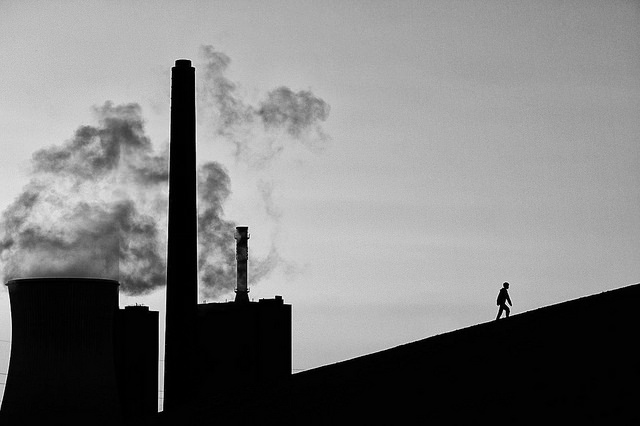In today’s post, I want to share an excerpt from an article I wrote several years ago that appeared in the journal, Industry and Higher Education. In it, I describe the evolution of how higher education, industry, and the federal government work together to produce research. Historically, academia and industry have been separate producers of knowledge. Beginning in the late 18th century, technologies were developed from a scientific knowledge base and then used to promote economic development. Instances of basic science supporting technological progress in industry increased during the 19th century, which encouraged cooperation between different sectors. In the United States, while the evolution of government industry-university relationship parallels the changing role of science and university in serving regional and national needs, the relationship between government, industry, and university were particularly shaped by some historical landmark events and conditions.

During the land-grant movement the nation entrusted the university with the new mission to serve regional as well as national economic and social needs through research.
The unique land-grant institutions created by the Morrill Act emphasized application of knowledge and service to society. It started the tradition of partnership between government and academia and inspired cooperation between colleges and business.
For leading industrialized countries, World War I constituted a watershed event in government-industry-university relationships and in the role of university research in national innovation system. Governments on both sides of the conflict enlisted the support of both university and industry for the war effort.
The United States government sponsored industrial and academic research through agencies such as the Navy Research Board, Chemical Warfare, and the National Research Council (NRC) during the war.. The NRC, for example effectively coordinated the collaboration of academic scientists and industrial researchers.
It not only engaged the academy in the war effort through close communication with research divisions set up on many college and university campuses, but also built a lasting link between industries and the federal government.
World War II marked a even more decisive turning point in government-industry-university relationship, in which a striking change is the rising status of the university.
While businesses still received the bulk of government contracts for military production, for the first time, major universities surpassed the largest industrial contractors in winning the government’s research and development funding. (Leslie, 1993). In addition, President Roosevelt appointed Vannevar Bush, a MIT scientist-administrator, chairman of the newly created National Defense Research Committee (NDRC).
The NDRC was effective in mobilizing America’s scientific and technological capacity and its success led to the establishment of the more powerful government agency, the Office of Scientific Research and Development (OSRD). Also chaired by Bush, the OSRD served as the “chosen instrument of the nation’s technical elite” and became the seedbed for the “science administrators who shaped the postwar scientific establishment” (Rudy, 1991).
The blueprint for government-industry-university arrangement in the R&D infrastructure for post-war America was laid out by Vannevar Bush. In his report to President Roosevelt, known as Science, the Endless Frontier, he emphasized the importance of science to national security, economic, and social wellbeing, and strongly recommended continued federal funding for basic research in universities (Bush, 1945).
After the war, the military continued to sponsor wartime academic laboratories by contracts or direct funding, while at the same time, invested in setting up new laboratories on campus. As defense budget grew rapidly, military funding poured into industrial and academic laboratories through National Science Foundation (NSF), National Institutes of Health, National Aeronautics and Space Administration (NASA), and Department of Defense (DOD).
Providing most of the basic research and all the manpower for the defense industry, university research subsequently expanded on an unprecedented scale.

